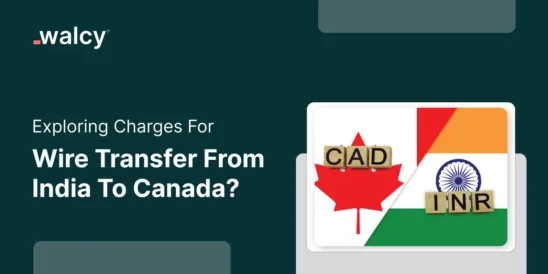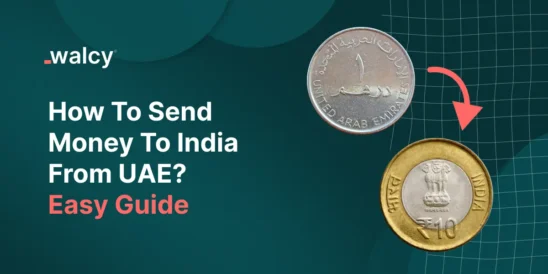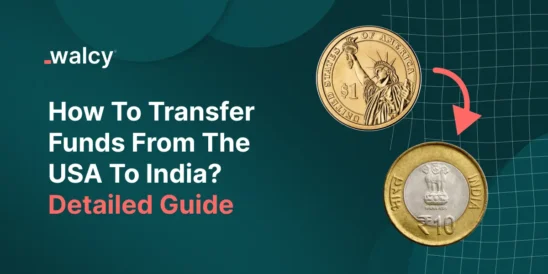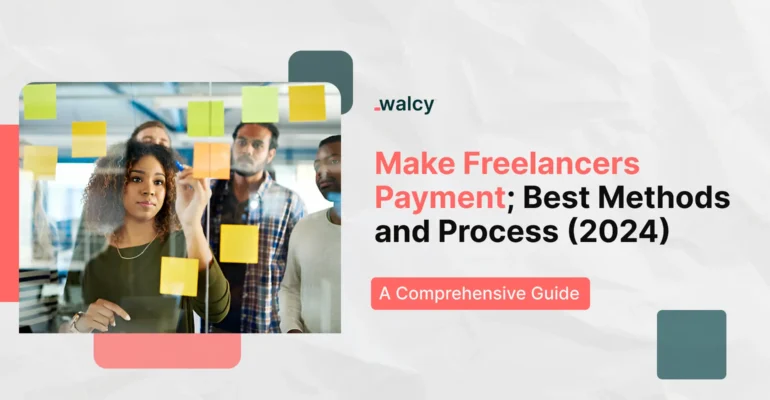
Are you curious about the ways to make a freelancer’s payment? Or Are you searching for the best payment method for freelancers? Or Are you looking for the best way to get paid as a freelancer?
If you answer yes to any of the above questions, then you are at the right place. In this blog, we will learn who freelancers are, how to pay freelancers, freelancers’ payment process, and other frequently asked questions related to it.
As per the report published by the Independent Economy Council in 2022, 74% of freelancers claim they are not paid on time. Because of this, freelancers must have explicit terms and conditions for payment.
Additionally, they should choose a suitable payment method for freelancers. Before, jumping into the best payment options for freelancers, let’s find out who freelancers are:
Who Are Freelancers?
Freelancers are self-employed individuals who use their talents and knowledge to serve several clients, businesses, and brands. Technology improvements, transforming job options, and the rise of the gig economy have all led to a significant increase in freelance employees in recent years.
Autonomy is one of the qualities that make freelancers unique. Freelancers enjoy more flexibility than traditional workers as they can select the projects they work on, create their timetables, and choose their pay rates.
There are freelancers in almost every industry you can think of, from technical sectors like web design, software development, and IT consulting to creative professions like writing, graphic design, and photography. Although freelancing has advantages like flexibility and autonomy, there are drawbacks as well.
The challenges of working independently, such as handling unpredictable income fluctuations, negotiating contracts, marketing, and money management, fall on freelancers. Freelancers’ financial planning is made more difficult by the fact that they must pay for their healthcare, retirement funds, and other benefits that are normally offered by employers.
In recent years, the freelance workforce has grown in response to changing economic trends and shifting attitudes toward work. Businesses are using freelancers more and more to acquire specialized skills on an as-needed basis.
With the increased number of freelancers, the need to make freelancer payments has also surged. Previously there used to be limited options for the freelancing companies and freelancers;s to send and receive payments. All thanks to technology, these days you can find plenty of payment options for freelancers.
Best Payment Method for Freelancers Payment
Whether you are a freelancer looking for the “best way to accept payment as a freelancer”, or a business looking for “best payment options for freelancers”, we have got you covered.
The best method to pay freelancers varies depending on several factors, including the type of work, client preferences, and geography. Here are a few popular payment options that freelancers frequently use:
PayPal
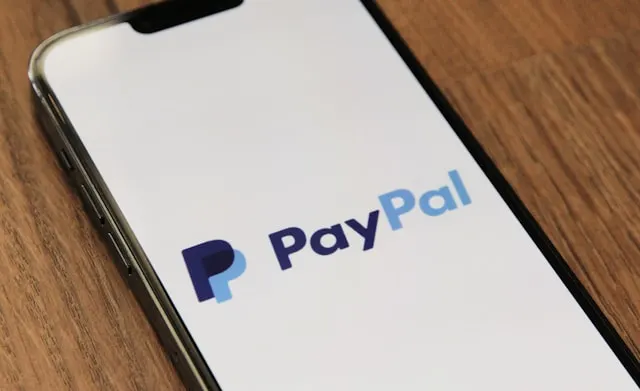 One of the greatest ways for freelancers to get paid is most likely with PayPal. It is a popular and widely accepted payment method that provides an easy way of sending and receiving money.
One of the greatest ways for freelancers to get paid is most likely with PayPal. It is a popular and widely accepted payment method that provides an easy way of sending and receiving money.
With PayPal, you can experience hosted checkout, periodic payment, and several withdrawal options. On business days, it typically takes one day for the money to appear in your bank account.
Instant payment is available, yet there is a cost associated with it. You may also view the time a client saw your invoice using an invoice option. PayPal levies fees that are dependent on the user’s location.
Pros of using PayPal
- Setting up an account with PayPal is easy and fast.
- Low risk of fraud
- supports multiple currencies
Cons of using PayPal
- High transaction fees
- Expensive Currency Conversion rate
- Regular Account Freezing
Payoneer
 Using Payoneer for making the freelancers’ payment, is another popular method. Using Payoneer is quite simple and easy to use.
Using Payoneer for making the freelancers’ payment, is another popular method. Using Payoneer is quite simple and easy to use.
With Payoneer, after receiving an email confirming the withdrawal, it takes at least five business days to receive your money. Every fund transfer made using the Payoneer payment platform incurs a 2% fee. If you choose to pay with a credit card, you may be charged up to 3%.
Pros of using Payoneer
- Payoneer has lower transaction fees compared to alternatives.
- Payoneer Provide Multiple Transaction Currency Options
- Is Easy to Set Up
Cons of using Payoneer
- Long Verification Period
- Some users have reported mixed experiences with Payoneer’s customer support, with occasional delays or difficulties in resolving issues.
- Payoneers may place holds on accounts if they detect suspicious activity
Walcy
It is a new yet easy, cheap, and convenient option to pay freelancers online. With Walcybank, freelancers or any businesses can easily create a global account by which they can make easy payments (locally and internationally). With Walcybank, they can even get the best foreign exchange rates.
Pros of using Walcybank:
- Faster payments
- Comparatively cheaper transaction fees
- Strong Security integration
Cons of using Walcybank:
- New in the market.
Bank Transfer
Bank transfers are one of the conventional methods used to pay freelancers. It can be expensive to use this method when you make cross-border payments.
Normally banks use wire transfers to send and receive cross-border payments. It not only costs you more but also takes plenty of time. Paying freelancers through Bank transfer is similar to other cross-border payments you make using a bank account.
Pros of using bank transfer
- You will get paid in your account
- This method of payment does not need you to pay any annual fees.
- It’s convenient and safe.
Cons of using bank transfer
- You need to bear expensive transaction costs and foreign exchange losses
- It might take a long time for the transaction to be complete.
Payment Gateways
Payment gateways are technological solutions designed to make it easier for businesses, especially freelancers, to process payments online. They securely approve and handle real-time credit card and other financial transactions between clients, customers, companies, or freelancers.
These days, Some freelancers use payment gateways integrated into their websites or client portals to accept credit card payments securely. An example is Stripe Checkout.
Pros of using payment gateways:
- Cheaper than bank transfers
- Relatively easy to set up
- It can be integrated easily with the websites.
Cons of using payment gateways:
- Sometimes, these payment gateways can hold your money due to technical errors,
- You might experience forgettable customer support.
Wire Transfer
You can receive money electronically when you use this payment method as well. Here, the sender provides payment details. Typically, these instructions include the bank, account number, recipient’s name, and amount.
The majority of wire transfer operations are completed in a few minutes. However, It may take up to three days at most due to various complications and underlying factors.
Pros of using wire transfer:
- This payment mechanism is known for its security.
- It is recognized worldwide.
- Transactions here are quite fast.
Cons of using wire transfer
- They’re not ideal for minor projects from an economic viewpoint.
- The transaction is irreversible.
Those mentioned above are some of the most popular payment methods for freelancers to date. You are advised to visit their website to learn more about them. It would be helpful for you to choose among the best.
Freelancer Payment Process – 8 Steps
The payment process for freelancers can vary depending on factors such as the nature of the work, the agreement with the client, and the chosen payment method. Nonetheless, the following is an ordinary payment procedure that freelancers typically use:
Step 1: Agreement:
The freelancer’s payment process begins with an agreement between the two parties. The scope of the project, deliverables, deadlines, and terms of payment are all agreed upon by the freelancer and the client before work commences. A contract or a less formal arrangement, such as an email conversation, could be used to record this agreement.
Step 2: Invoice Creation
After the agreement is made, the freelancer starts working on the project. When the project is finished or hits the specified milestones, the freelancer sends the client an invoice. It outlines the services delivered, the amount owed, and any other pertinent information such as payment terms and due dates.
Step 3: Invoice Delivery
In the third step, the freelancer sends the invoice to the client via an established system, such as email, a freelancing platform, or invoicing software.
Step 4: Payment Approval
Once the invoice is delivered, the client reviews the invoice and approves it for payment. In other circumstances, the client may seek adjustments or explanations before accepting the invoice.
Step 5: Payment
After approving the invoice, it is the time to make the payment. The client makes the payment to the freelancer using the previously agreed payment method. This could involve methods such as bank transfer, PayPal, Walcybank, credit card, or other payment gateways.
Step 6: Payment Confirmation:
The freelancer payment process doesn’t end until the payment is received, Once received the freelancer acknowledges receipt of payment. Furthermore, he updates the client on the status of the project if necessary.
Step 7: Project Completion:
After the payment is received, it is time to complete the project and submit it to the client. If the project is ongoing or has numerous milestones, the freelancer will work on it until it is done within the agreed-upon timeframe.
Step 8: Feedback and Follow-Up:
The Last step of the freelancers payment process is providing feedback and making follow up. After completing the project, the freelancer can ask for feedback from the customer and resolve any remaining complications or adjustments.
This promotes satisfaction among consumers and may lead to future job prospects.
Freelancers must keep open communication with their clients throughout the payment process and promptly follow up on any overdue invoices or payment concerns.
Additionally, keeping detailed records of invoices, payments, and project agreements can assist freelancers in managing their finances and resolving any problems that may arise.
Conclusion
Overall, choosing the best way to accept payment can be challenging for freelancers, as a small mistake could make you an unnecessary loss.
Walcy, PayPal, and Payoneer are the top leaders in freelancers’ payments to date. PayPal and Payoneer could be a little costly as compared to others. As a solution, Walcybank can be the best PayPal alternative and Payoneer alternative in today’s competitive market.
It’s great to have your payment method set up initially, but it won’t matter if you don’t have a clear contract that specifies when and how you’ll be paid.
Be in regular communication with your client, which could create mutual understanding and a cordial work environment. It might also lead to great work efficiency and satisfaction.
Note: The Big rule is ”Don’t start working for a customer until you have a freelance contract in place”.
FAQs
What is the best way to receive payment as a freelancer?
There are several ways to receive payment as a freelancer. If you are required to receive payment within the same country bank transfer could be the best option. However, in the case of international transfer use of global accounts provided by neobanks like Walcy could be the best option.
Can freelancers work internationally?
Yes, there are no restrictions for freelancers to work anywhere and anytime. They can work for international companies if they are hired.
Should freelancers use PayPal?
PayPal can be the one option for freelancers but these days better alternatives like Walcybank are available in the market. You are suggested to do good research regarding the cost and platform before choosing the one.
Can I freelance without PayPal?
Yes, you can freelance without using PayPal. There is no such compulsion for freelancers to use PayPal only. You can use other alternatives like Walcybank and Payoneers instead.
How can I Legally Pay freelancers?
There are several legal ways to pay freelancers. Bank transfers, credit card payments, PayPal, Walcybank, and Payoneer are the most common methods.
Do freelancers get paid before or after?
It depends upon the nature of the work and agreement. Generally, freelancers get paid after the work. The payment method and schedule should be confirmed initially before the start of work.
Do follow us on Facebook and LinkedIn, to stay connected with us.
Please refer to the Terms, Privacy Policy and product availability applicable to your region, or visit the Walcy Pte. Ltd. website for the most current details about service availability, markups, payout costs, and related fees.
We do not make any express or implied representations, warranties, or guarantees regarding the accuracy, completeness, or timeliness of the content in this document.
This blog serves as general information and does not constitute legal, tax, or other professional advice from Walcy Pte. Ltd. It should not be relied upon as a substitute for consulting a financial advisor.

